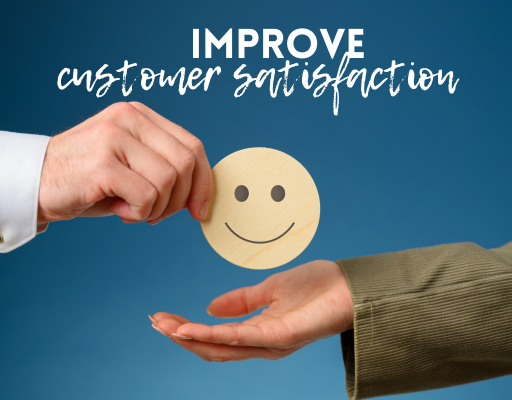In the business world, a well-maintained and thriving network of clients and referrals will draw in more potential customers.

As American author and salesman, Zig Ziglar, once said, “You can have everything in life you want, if you will just help other people get what they want.” With this in mind, let’s explore how to build a strong referral program for your business, turning your customers into advocates and multiplying your success.
1. Define Your Goals
Before you start planning your referral program, it’s essential to determine your objectives. What do you want to achieve? Are you looking to increase sales, expand your client base, or improve customer loyalty? Defining clear and measurable goals will help you design a referral program that aligns with your business objectives and ensures a higher success rate.
2. Identify Your Target Audience
Your referral program should be tailored to your target audience. Understand who your ideal customers are and what motivates them. By focusing on the people who are most likely to benefit from your product or service, you can create a referral program that appeals to them and ensures they spread the word to others like them.
3. Offer Attractive Incentives
Your referral program should offer incentives that are enticing and valuable to your customers. The incentives could be monetary, such as discounts or cash rewards, or non-monetary, such as exclusive access to products, services, or events. The key is to find the right balance between the value of the referral reward and the cost to your business.

4. Make It Simple and Easy to Share
Your referral program should be easy to understand and participate in. Provide your customers with a clear, straightforward process for referring friends and family. The simpler it is to share, the more likely they will be to spread the word about your business.
5. Train and Educate Your Team
The success of your referral program depends on your team’s understanding and commitment. Educate your employees about the importance of referrals, the goals of the program, and the incentives offered. Train them on how to identify potential referrers, how to ask for referrals, and how to follow up with referred clients.
6. Leverage Technology
Today’s technology offers various tools and platforms that can streamline and automate your referral program. Utilize customer relationship management (CRM) systems to track referrals, measure success, and identify areas for improvement. Additionally, use social media and email marketing to share your referral program with your customers, making it easier for them to refer friends and family.

7. Personalize Your Approach
Not all customers will respond to the same referral tactics. Personalize your approach by segmenting your customers based on their preferences, purchase history, or demographics. By tailoring your communication and incentives to each customer segment, you increase the likelihood of generating referrals. Remember, the more relevant and personalized your referral program is, the more effective it will be in attracting new clients.
8. Track, Measure, and Optimize
A successful business owner continually monitors the health of their business and adjusts accordingly. Similarly, the effectiveness of your referral program must be regularly assessed. Track key performance indicators (KPIs) such as the number of referrals, conversion rates, and the lifetime value of referred clients. Analyze the data to determine what works and what doesn’t, and adjust your program accordingly to optimize results.
9. Recognize and Appreciate Referrers
Customers will continue to refer others if they feel appreciated. Show your gratitude to your customers for their referrals with personalized thank-you notes, special offers, or exclusive rewards. Recognizing and appreciating your referrers helps to build stronger relationships and encourages them to continue promoting your business.
10. Be Patient and Consistent
Growing a strong referral program takes time and consistent care. Don’t expect to see immediate results; be patient and give your program time to grow. Remain consistent in your efforts to engage customers, educate your team, and optimize your program. Over time, you’ll see your referral program flourish and your business grow.
Building a strong referral program requires care, attention, and consistency. By following these steps, you’ll create a referral program that turns your customers into advocates, helping your business bloom and thrive. Remember Zig Ziglar’s words: “You can have everything in life you want, if you will just help other people get what they want.” A successful referral program does just that – helping your customers, your team, and ultimately, your business.


















